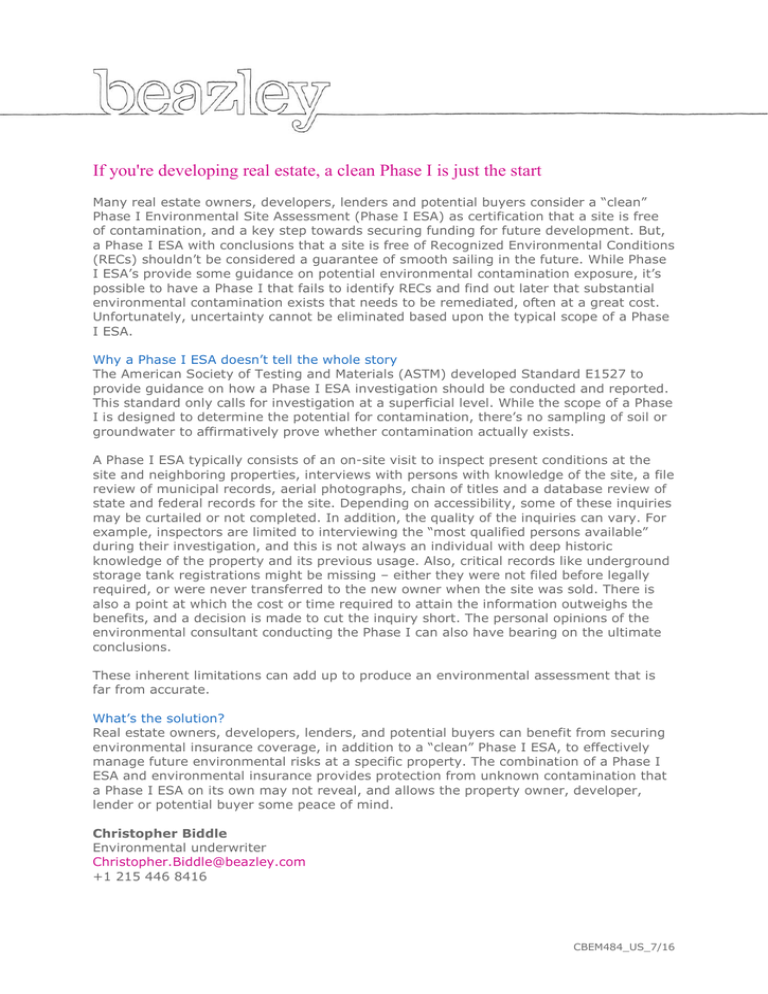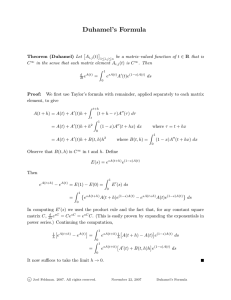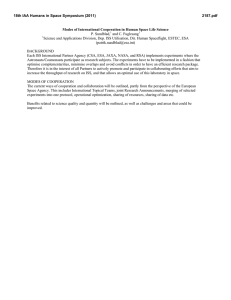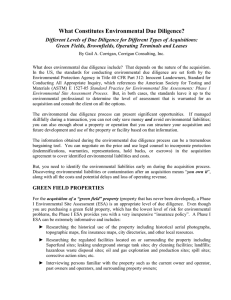If you`re developing real estate, a clean Phase I is just the
advertisement

If you're developing real estate, a clean Phase I is just the start Many real estate owners, developers, lenders and potential buyers consider a “clean” Phase I Environmental Site Assessment (Phase I ESA) as certification that a site is free of contamination, and a key step towards securing funding for future development. But, a Phase I ESA with conclusions that a site is free of Recognized Environmental Conditions (RECs) shouldn’t be considered a guarantee of smooth sailing in the future. While Phase I ESA’s provide some guidance on potential environmental contamination exposure, it’s possible to have a Phase I that fails to identify RECs and find out later that substantial environmental contamination exists that needs to be remediated, often at a great cost. Unfortunately, uncertainty cannot be eliminated based upon the typical scope of a Phase I ESA. Why a Phase I ESA doesn’t tell the whole story The American Society of Testing and Materials (ASTM) developed Standard E1527 to provide guidance on how a Phase I ESA investigation should be conducted and reported. This standard only calls for investigation at a superficial level. While the scope of a Phase I is designed to determine the potential for contamination, there’s no sampling of soil or groundwater to affirmatively prove whether contamination actually exists. A Phase I ESA typically consists of an on-site visit to inspect present conditions at the site and neighboring properties, interviews with persons with knowledge of the site, a file review of municipal records, aerial photographs, chain of titles and a database review of state and federal records for the site. Depending on accessibility, some of these inquiries may be curtailed or not completed. In addition, the quality of the inquiries can vary. For example, inspectors are limited to interviewing the “most qualified persons available” during their investigation, and this is not always an individual with deep historic knowledge of the property and its previous usage. Also, critical records like underground storage tank registrations might be missing – either they were not filed before legally required, or were never transferred to the new owner when the site was sold. There is also a point at which the cost or time required to attain the information outweighs the benefits, and a decision is made to cut the inquiry short. The personal opinions of the environmental consultant conducting the Phase I can also have bearing on the ultimate conclusions. These inherent limitations can add up to produce an environmental assessment that is far from accurate. What’s the solution? Real estate owners, developers, lenders, and potential buyers can benefit from securing environmental insurance coverage, in addition to a “clean” Phase I ESA, to effectively manage future environmental risks at a specific property. The combination of a Phase I ESA and environmental insurance provides protection from unknown contamination that a Phase I ESA on its own may not reveal, and allows the property owner, developer, lender or potential buyer some peace of mind. Christopher Biddle Environmental underwriter Christopher.Biddle@beazley.com +1 215 446 8416 CBEM484_US_7/16



